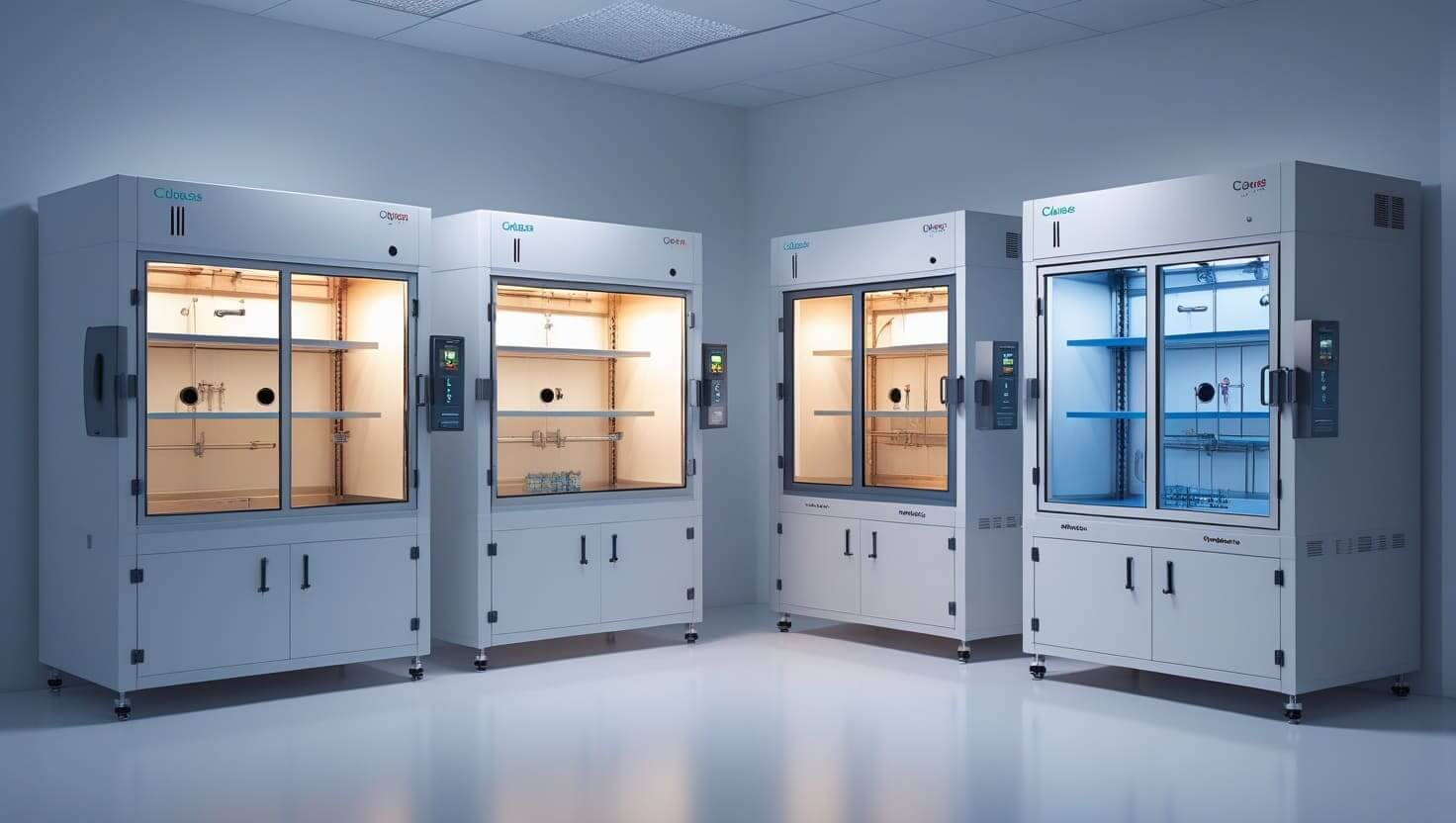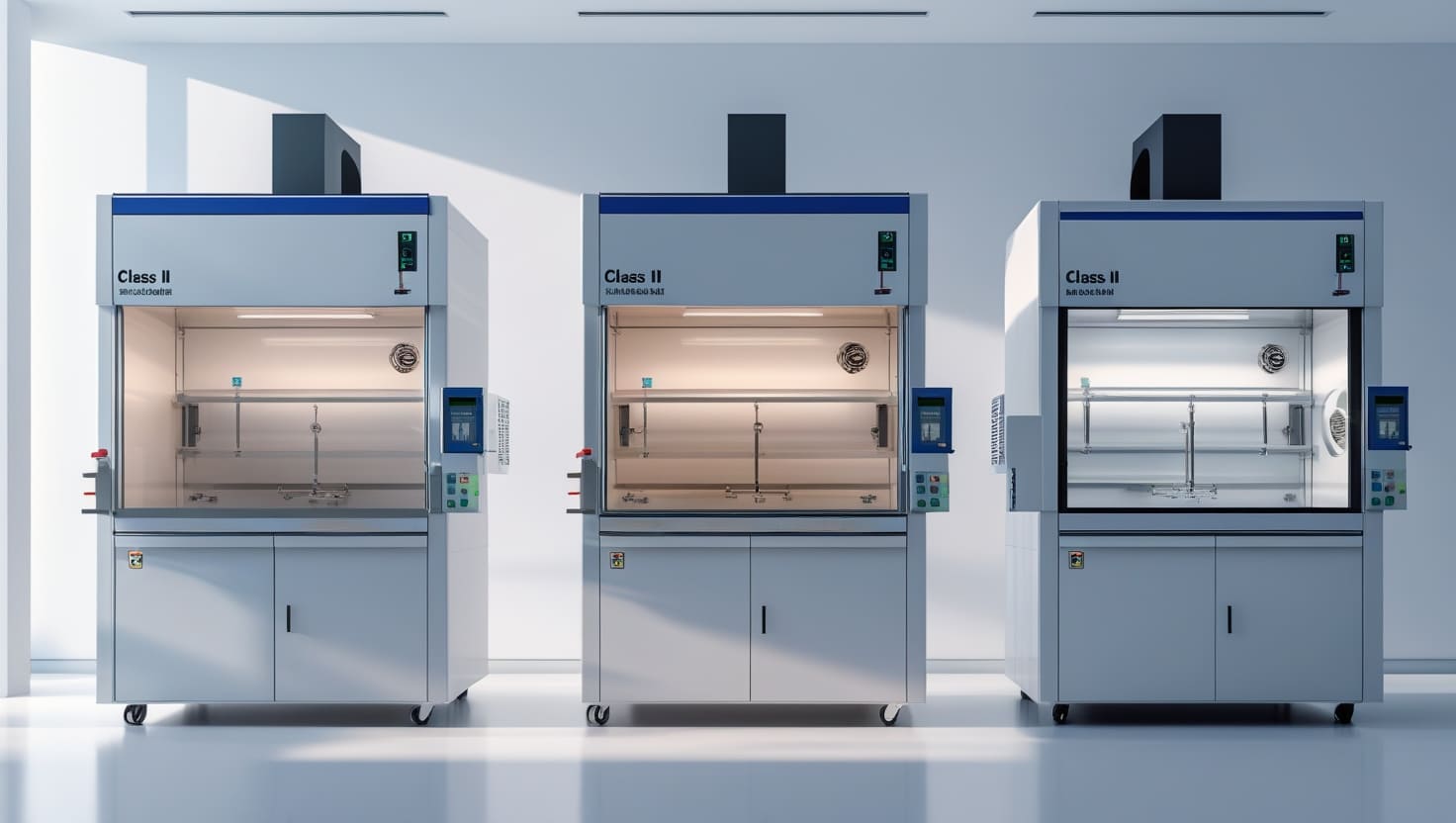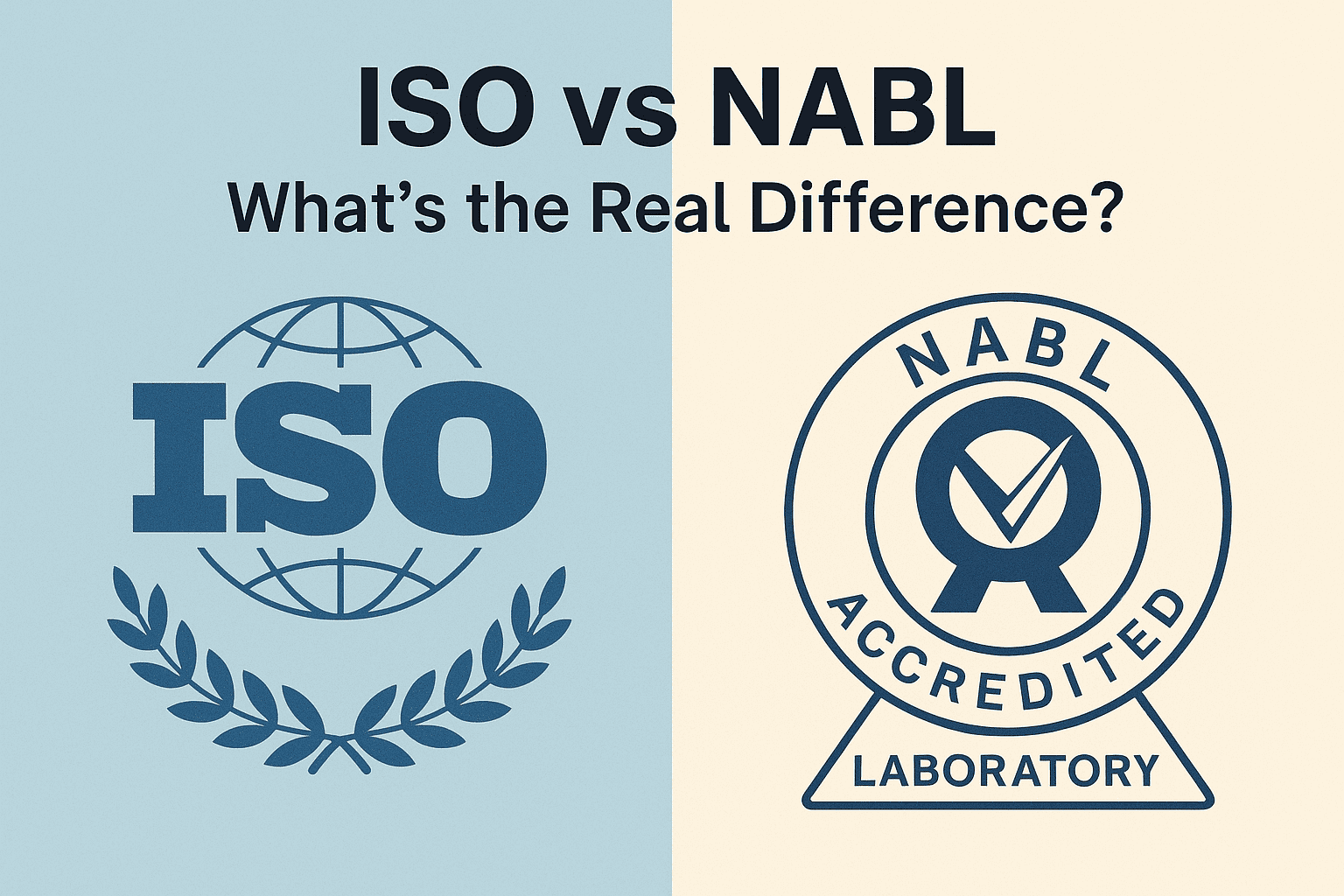When setting up or upgrading a laboratory, selecting the right biological safety cabinet (BSC) is critical. These cabinets are engineered to protect personnel, the environment, and products from biohazardous materials and contaminants. However, not all BSCs are the same. Understanding the differences between Biological Safety Cabinet Class I, Biological Safety Cabinet Class II, and Biological Safety Cabinet Class III is essential for ensuring proper safety and compliance.
In this guide, we break down the key features, differences, use-cases, and provide a decision-making checklist to help you choose the right BSC for your lab environment.
What is a Biological Safety Cabinet?
A biological safety cabinet (BSC) is a ventilated workspace designed to provide containment for biological agents or hazardous materials. Depending on the class, it can protect:
- The lab technician (personnel protection)
- The laboratory environment (environmental protection)
- The experiment or sample (product protection)
BSCs are categorized into three primary classes: Class I, Class II, and Class III—each serving a different safety purpose.
Biological Safety Cabinet Class I
Biological Safety Cabinet Class I is the most basic type of BSC and offers personnel and environmental protection, but not product protection.
Key Features:
- Inward airflow prevents contaminated air from escaping.
- Does not provide HEPA-filtered air over the work surface.
- Simpler in design and less expensive.
- Exhaust air is filtered through a HEPA filter before release.
Best Use-Cases:
- Handling low-to-moderate risk agents (Biosafety Level 1, 2).
- When product sterility is not a primary concern.
- Waste sorting, centrifugation, and general microbiological work.
Pros:
- Cost-effective
- Easy to maintain
- Protects lab staff and environment
Cons:
- No protection for samples or materials inside the cabinet
Biological Safety Cabinet Class II
Biological Safety Cabinet Class II is the most commonly used type in research, clinical, and pharmaceutical laboratories. It provides personnel, product, and environmental protection.
Subtypes:
- Class II A1
- Class II A2
- Class II B1
- Class II B2
Each subtype has slightly different airflow patterns and exhaust systems, but all are designed to maintain a contaminant-free work environment.
Key Features:
- Vertical laminar airflow.
- HEPA-filtered supply and exhaust air.
- Front sash (usually transparent) for visibility and safety.
- Some models allow air recirculation; others exhaust 100% of air.
Best Use-Cases:
- Cell culture, molecular biology, pharmaceutical prep.
- Handling infectious or biohazardous samples.
- Labs working with Biosafety Level 2 and 3 agents.
Pros:
- High level of protection for both personnel and samples.
- Multiple sizes and configurations available.
- Widely accepted by health and research institutions.
Cons:
- Higher cost compared to Class I.
- Requires routine maintenance and certification.
Biological Safety Cabinet Class III
Biological Safety Cabinet Class III is also known as a glove box cabinet. It is a gas-tight, fully enclosed unit that provides the highest level of protection for the operator, environment, and product.
Key Features:
- Complete containment with glove ports for user interaction.
- Operates under negative pressure to avoid leaks.
- All air is HEPA-filtered in and out.
- Often integrated with double-door autoclaves or pass-through systems.
Best Use-Cases:
- Handling the most dangerous pathogens (Biosafety Level 4).
- Virology, bioterrorism research, and select agent work.
- Environments with high-risk aerosol exposure.
Pros:
- Maximum safety and containment
- Ideal for critical research and national labs
Cons:
- Very expensive
- Bulky and complex to install and operate
- Requires highly trained personnel

Comparison Table: Class I vs Class II vs Class III
| Feature | Class I | Class II | Class III |
| Personnel Protection | ✅ Yes | ✅ Yes | ✅ Yes |
| Product Protection | ❌ No | ✅ Yes | ✅ Yes |
| Environmental Protection | ✅ Yes | ✅ Yes | ✅ Yes |
| Biosafety Levels | BSL-1, BSL-2 | BSL-2, BSL-3 | BSL-4 |
| Airflow | Inward only | Vertical laminar + recirculation | Sealed, with HEPA supply and exhaust |
| Typical Use | General microbiology | Tissue culture, diagnostics | Virology, biosecurity labs |
| Cost | Low | Moderate to High | Very High |
How to Choose the Right Biological Safety Cabinet for Your Lab
When deciding between Biological Safety Cabinet Class I, Biological Safety Cabinet Class II, or Biological Safety Cabinet Class III, ask the following:
✅ What biosafety level (BSL) are you working with?
- BSL-1 or BSL-2: Class I or Class II
- BSL-3: Class II
- BSL-4: Class III
✅ Do you need product/sample protection?
- No: Class I is sufficient.
- Yes: Choose Class II or Class III.
✅ What type of procedures will be performed?
- Routine microbial handling: Class I or II
- Cell culture or clinical diagnostics: Class II
- Handling high-risk viruses or select agents: Class III
✅ Budget and infrastructure?
- Class I is budget-friendly.
- Class II balances cost and safety.
- Class III requires heavy investment and special facility design.
Final Decision Guide
Use this quick checklist before purchasing:
- 🔲 Know your biosafety level.
- 🔲 Identify if both personnel and product need protection.
- 🔲 Consider future scalability and certification needs.
- 🔲 Check infrastructure compatibility (ducted or ductless).
- 🔲 Factor in long-term maintenance costs.
Conclusion
Choosing between Biological Safety Cabinet Class I, Biological Safety Cabinet Class II, and Biological Safety Cabinet Class III isn’t just a matter of price—it’s a matter of safety, compliance, and purpose. Each class serves a unique function:
- Class I: Great for basic protection at low cost.
- Class II: Versatile and ideal for most research/clinical labs.
- Class III: Maximum containment for the most dangerous agents.
Carefully evaluate your laboratory’s current and future needs before investing. The right decision today ensures long-term safety and productivity in your lab environment.



